Microphones are at the very heart of studio recording. Join us as we explore the different types and how to get the best out of them…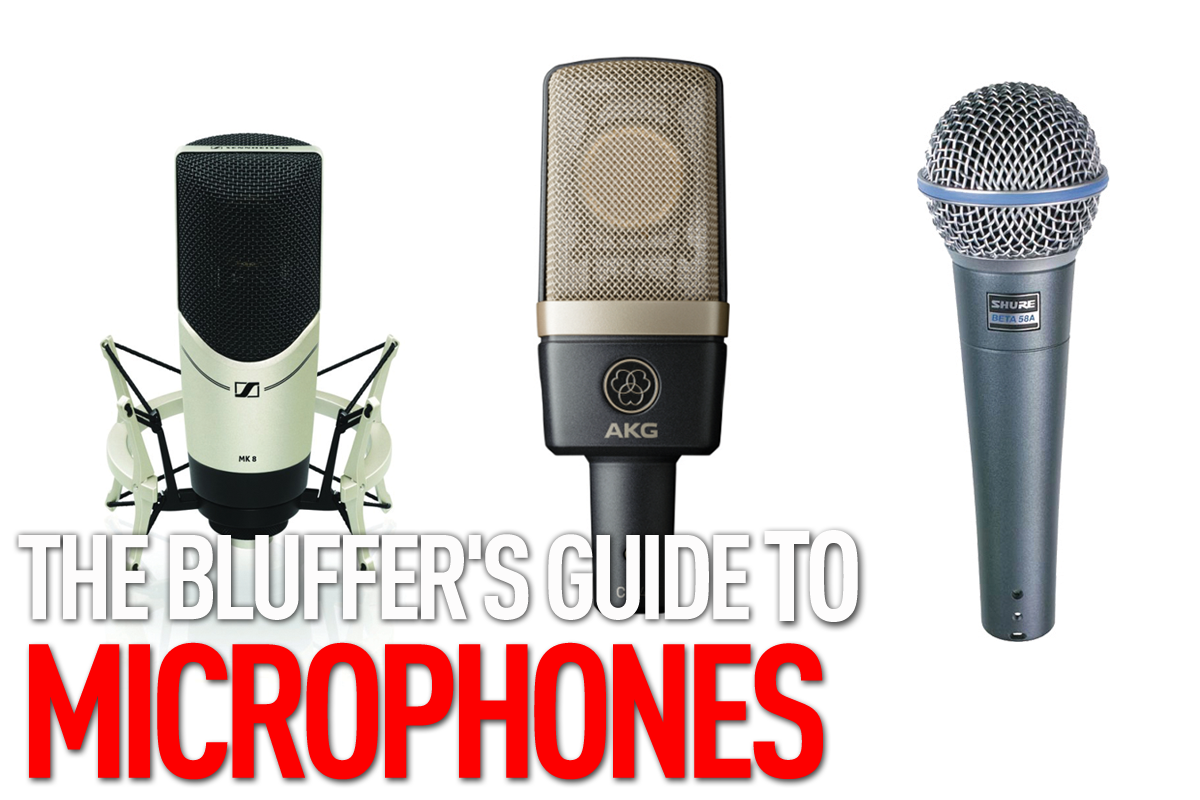
As a producer, you could theoretically go through your entire career without once needing to look at a microphone. We would strongly advise against it, but it’s certainly possible. If you don’t plan on using vocals in your music, then you need never worry about them.
Thing is, mics are fun. Aside from the fact that knowing about them broadens your musical knowledge and makes you a better producer and engineer, they are actually highly rewarding to use.
Mics are the divas of the production game – finicky, demanding and complicated, with a million different moods. But figure out how to get them working for you, and they can steal the whole show. In this guide, we’ll look at how mics work, and how to turn them into the headliners on your production marquis.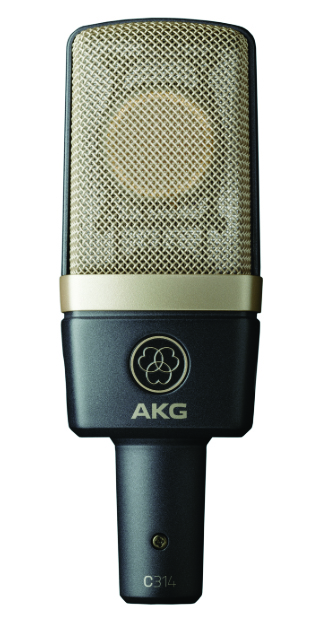
Inner Workings
In a lot of ways, a microphone is just a speaker in reverse. While the speaker puts out sound, a microphone takes it in, using reasonably similar parts and principles to perform a different function. You can, if you have the scientific knowledge and the tools – and a rather large amount of free time – turn a speaker into a microphone. We’re not going to go into that here. What we’re going to do is talk about how a microphone works, and the way to do that is to talk about the most common type: the dynamic mic.
Inside each microphone, behind the grille, is a diaphragm. This is usually just a piece of thin material, and it vibrates when sound waves hit it. Attached to this diaphragm is a coil of metal wire attached to a magnet. As the diaphragm moves the coil, the coil itself is moving through a magnetic field. This helps to convert the acoustic energy (the sound waves in the air) into electrical energy. Suddenly, your amplifier can understand what’s coming into your microphone – which, if you think about it, is a pretty neat trick.
Dynamic mics are a bit like punk-rock singers. They can take and dish out a lot of punishment. These are the mics you traditionally use to record loud sounds – kick drums, heavy guitars and percussion. They are very common in live performances, where they can take a lot of audio energy without cracking. The downside? Dynamic mics tend to have a little less range than other types, which is hardly surprising given that they’re the workhorses of the microphone world.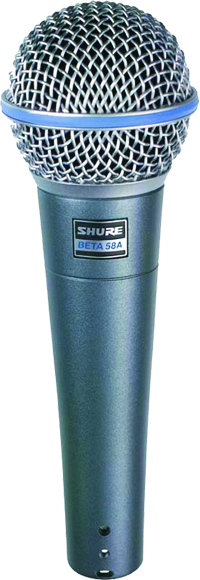
But you will encounter other types of microphones as your audio career progresses. One of the most common types, beyond dynamic mics, are condenser microphones, and they’re quite different to their hardier brethren.
Condensers use two plates – one moving, one static – placed very close together. These plates react to acoustic energy by storing charge in a capacitor. Compared to the rockstar dynamic mics, these are the highly-strung vocalists with the crystal-clear voices.
They require care, delicate handling, and a lot of love. But if you treat them right, they will blow your mind with the quality they put out. Unlike a dynamic mic, a condenser is much more sensitive, preserving the tone and timbre of anything that comes through it. They are extremely popular as vocal mics in studio environments for this reason.
Another type of mic you’ll need to know about is the ribbon microphone. These are the Tuvaluan throat singers of mics: highly specialised units that can pull off things you wouldn’t believe, and which other mics would struggle to replicate. A ribbon mic has a diaphragm suspended between two magnets, and it reacts to the velocity of particles in the air – this is in contrast to the other two types, which respond to pressure from sound waves. They are very, very good, almost without exception.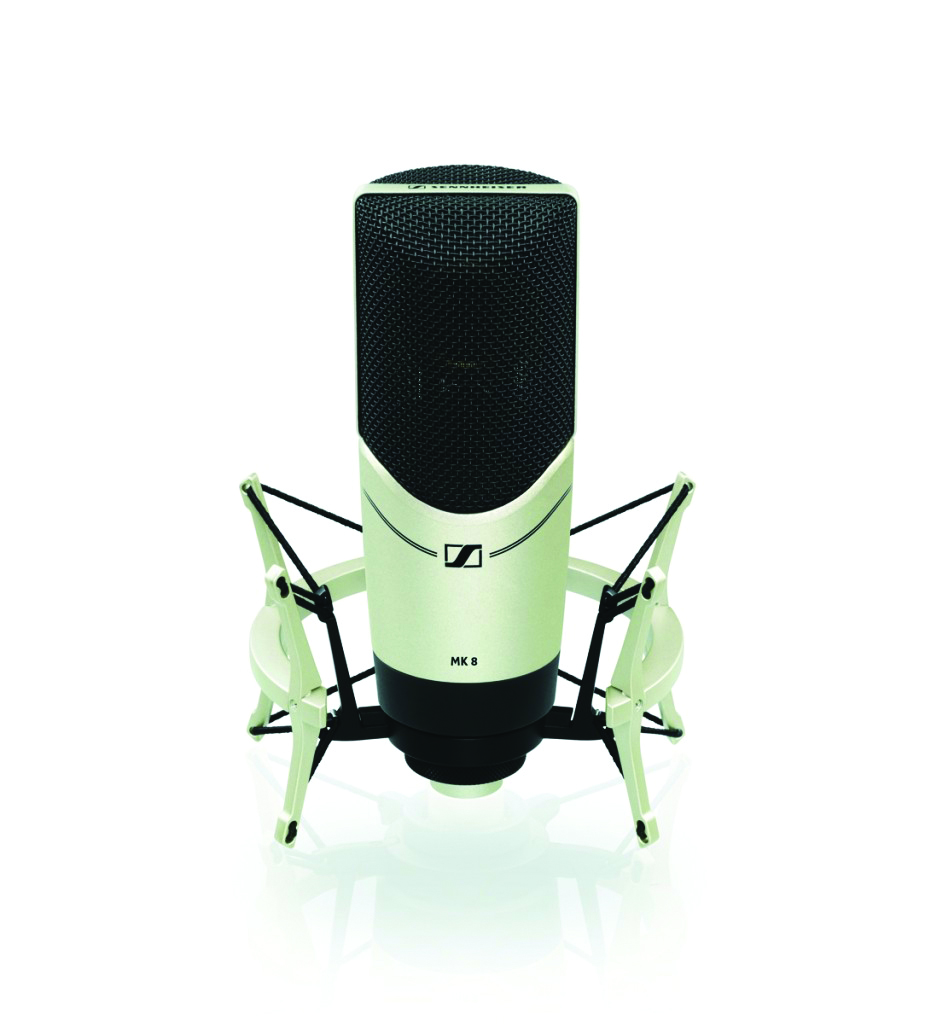
So, to sum up: dynamic mics are like Patti Smith bellowing in your ear, condensers are Adele singing a love ballad, and ribbon mics are a Tuvaluan throat singer whispering sweet nothings in your ear. Got that?
The Set-Up
So you’ve got a mic. There are a few things you need to know to make it work. We’re going to assume that you want to set up a mic in a studio environment, as doing it live is an entirely different proposition.
You need a mic stand. This is relatively straightforward to understand; it’s simply a piece of equipment that allows you to put the mic in a particular position and hold it there. But you can’t just attach the mic to the mic stand and hope for the best.
You need a shock mount. This piece of equipment essentially suspends the microphone in a web of flexible cables, protecting it from any vibrations. The more sensitive the microphone, the more vibrations it will pick up; and if you don’t have it mounted in a shock mount it will register every single footfall in the studio and every bump against the mic stand. Most studio microphones, barring the really cheap ones, come with their own tailored shock mounts.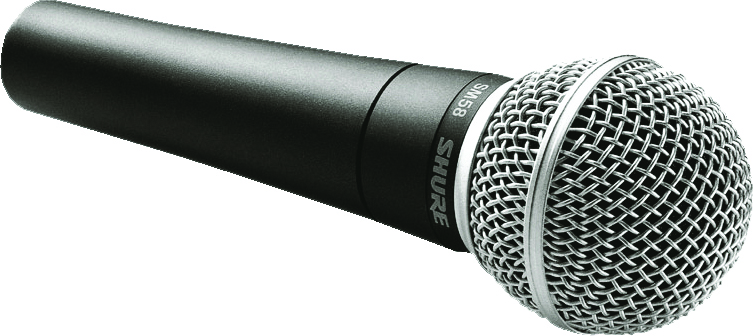
The Shure SM-58 – arguably the most popular microphone on the planet
If you are using a condenser microphone (and the chances are you will be, if you’re recording vocals) then you need to think about phantom power. This sounds like a strange concept, but it’s quite easy to understand. Condenser microphones require an external power supply to operate. This is usually 48 volts, and is almost always supplied by the amp or interface that you plug the microphone into. In most modern equipment, it’s a case of simply plugging the microphone in and flicking a switch on the interface.
All being well, this will activate the microphone, making it ready for recording. Then you need to worry about pickup pattern, which is where it really gets interesting. Essentially, a pickup pattern refers to the area around the microphone where sound will be most easily picked up. The more expensive a microphone is, the more likely it will be that you are able to adjust this area – either focusing or widening it.
There are a few types of pickup pattern that you’ll need to know. The first, and most common, is a cardioid pickup pattern. Appropriately for something with a slightly anatomical name, this refers to a pickup pattern in the shape of a kidney.
If you think about that shape, and then picture the microphone nestled into the concave part of it, then it’s easy to work out where the sound will be picked up: to the front and sides of the mic. Usually, cardioid microphones have quite a wide pickup range, meaning they will often pick up sounds coming from the rear of the microphone. A supercardioid pattern, on the other hand, focuses this shape, eliminating the pickup at the rear.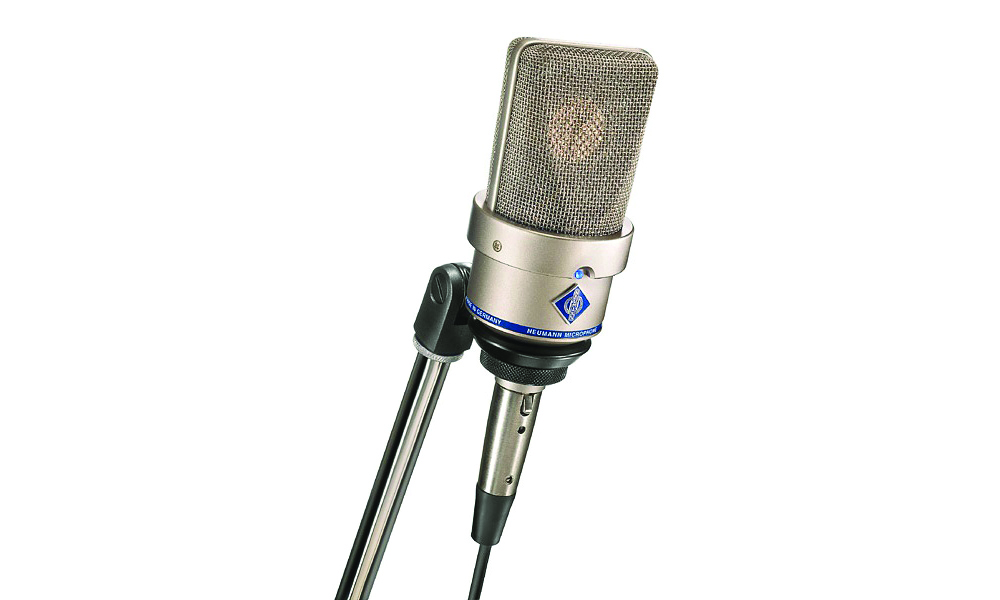
The Neumann Solution D. Got £8,000? Buy one of these
There are two more shapes worth knowing. Omnidirectional pickup patterns allow the microphone to record absolutely everything around it. Meanwhile, bidirectional patterns (popularly known as figure eight patterns, for reasons that are about to become abundantly clear) pick up sound from the front and rear of the microphone, but not from the sides.
If you ever see a pickup pattern selector on a microphone, you should be able to identify the types of pattern by those four distinct shapes:
a kidney, a smaller kidney, a circle, and a figure eight. And while we’re talking about mic controls, you may also notice a high-pass filter (HPF) switch on some models. This changes the EQ settings of the mic so it doesn’t pick up low-frequency sounds – it’s useful for obtaining a clearer vocal recording.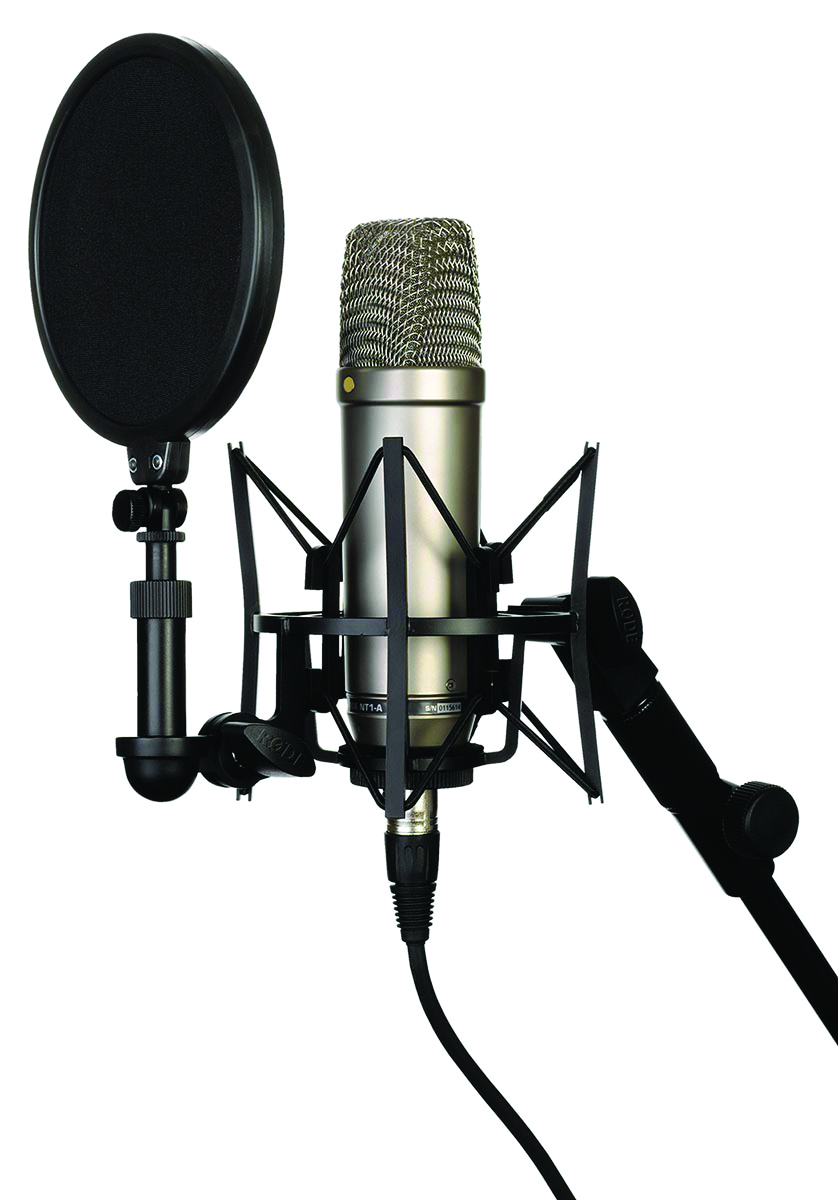
Meet the Rode NT1-A. Which is a fantastic condenser mic suitable for studio use
As for where to place the mics, and what distance to record at… that’s a topic that could easily take up this entire magazine. It depends on the instruments, the room and what’s being played. The only way to really nail this down is to experiment, and to get a feel for what different mics do in different situations.
Tech Terms
● Phantom power: a 48-volt signal required for condenser microphones to operate, usually supplied by the interface or amp.
● Pickup pattern: The area around a microphone where sound is picked up. More expensive microphones will allow you to change this.
● Dynamic: A type of microphone suitable for louder recording, often used in live situations and for recording instruments. Very common.
● Condenser: A microphone that is highly sensitive. Not suitable for recording drums, but absolutely brilliant at vocals. Can be very expensive.
Deep Pockets
You can, if you want, pick up a microphone for less than a hundred quid that will do almost anything you ask it to. Good microphones such as the Samson CO1 Condenser, are both cheap and functional.
Many will allow you to bypass the audio interface entirely and plug directly into a USB port – a very welcome development among those who need to travel light, or who do only casual recording. As you start getting into microphones, you’ll start recognising many of the most common models, such as the Shure SM58, a dynamic microphone used so widely that its profile has become one of the most recognisable shapes in the audio industry. And by the way, you cannot break those mics. Seriously. We’ve tried. [Don’t – Ed]
At the other end of the spectrum are microphones that cost thousands and thousands of pounds. These are the top-of-the-line condenser and ribbon microphones, which come in velvet-lined wooden boxes and ship with their own dedicated power supply.
The reason they cost so much is because of the quality and character they offer. Every audio engineer has a preferred microphone or set of microphones, and it’s very common for studios to have what is known as a mic locker with dozens of different models that can be used in any situation. But every engineer also has a bucket list of mics that they must try before they die, such as the Neumann Solution D, which costs more than a car.
The point of telling you this? Once you get involved in the world of mics, it’s very hard not to start lusting after the really big fish. And if you stick with your audio career, you may even end up getting to use some of them.



